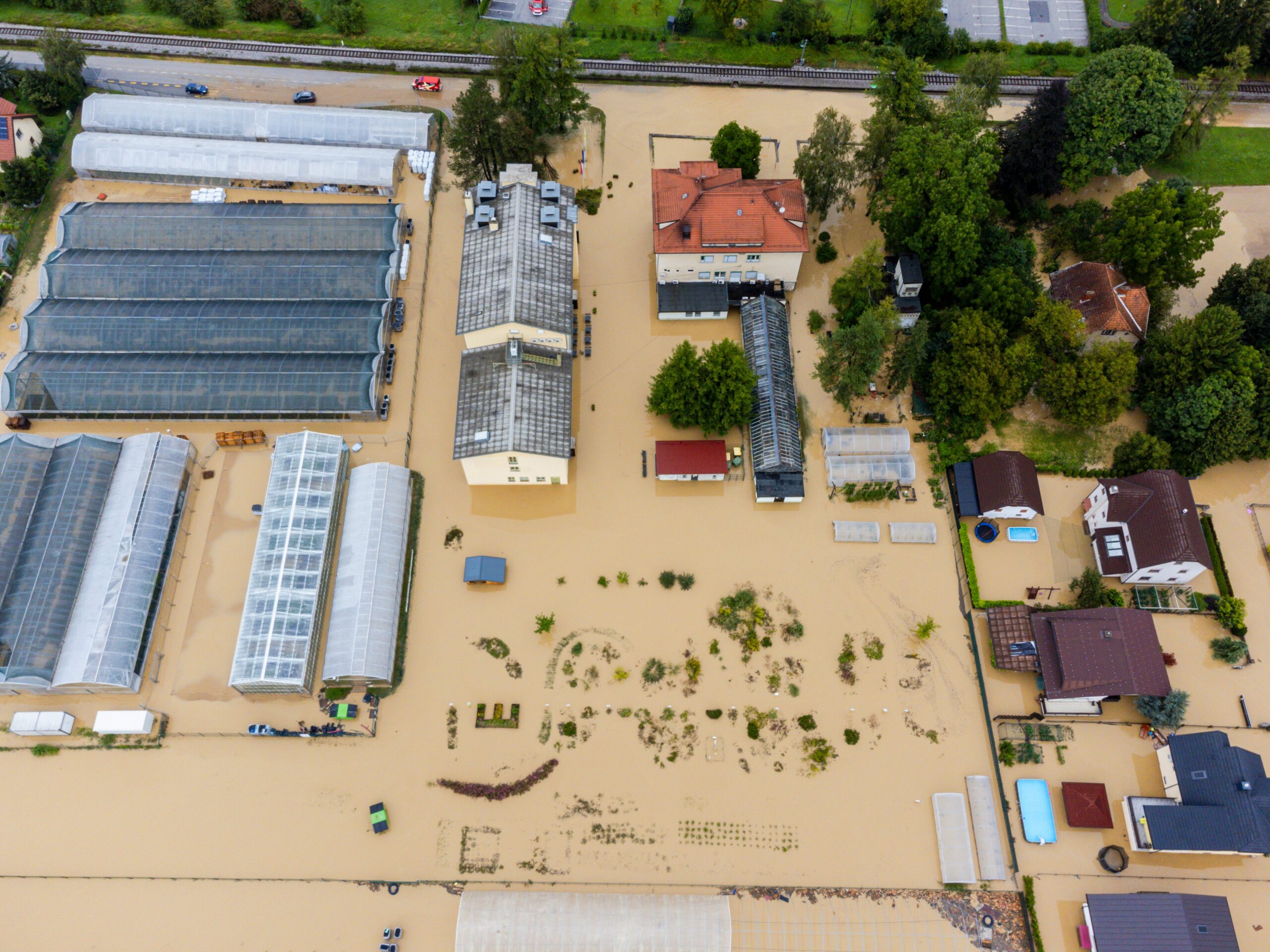
Natural disasters, such as hurricanes, earthquakes, floods, and wildfires, devastate communities worldwide. In the aftermath of these catastrophic events, support systems play a vital role in helping individuals and families rebuild their lives and restore their communities. The importance of effective disaster relief and recovery cannot be overstated, as these systems provide much-needed aid and infrastructure to ensure long-term recovery. From local emergency response teams to national organizations, the network of disaster support systems is crucial to minimizing the impact of natural disasters.
The Role of Government Agencies in Disaster Response
Government agencies at all levels play a significant role in disaster support systems, providing essential resources and coordination during emergencies. Local, state, and federal agencies work together to manage resources, direct evacuations, and coordinate rescue operations. The Federal Emergency Management Agency (FEMA) is one of the most prominent organizations in the United States, offering financial assistance, temporary housing, and resources to individuals and communities affected by disasters. FEMA also works with state and local authorities to develop disaster response plans, conduct training exercises, and maintain communication systems for rapid deployment during emergencies.
In addition to FEMA, state and local governments contribute to disaster support systems by providing immediate relief efforts such as search-and-rescue teams, medical aid, and shelter. State emergency management offices coordinate with local agencies to ensure a streamlined response and recovery process. These agencies are often the first responders to a disaster, providing crucial aid before federal resources are deployed. The combined efforts of all government entities help ensure a well-organized response, reducing confusion and maximizing the efficiency of disaster relief efforts.
Non-Profit and Community-Based Organizations
Non-profit and community-based organizations are critical in disaster support systems by providing immediate relief and long-term recovery assistance. Organizations like the American Red Cross, the Salvation Army, and various local charities are often among the first to mobilize in response to a disaster. These organizations provide essential services to those affected by disasters, such as food, water, medical care, and temporary shelter. They also assist in distributing emergency supplies, coordinating volunteer efforts, and offering emotional support to survivors.
In addition to immediate relief efforts, non-profit organizations focus on long-term recovery by helping communities rebuild infrastructure, restore essential services, and offer counseling for those dealing with the emotional aftermath of a disaster. These organizations often collaborate with government agencies, businesses, and other stakeholders to ensure communities receive the resources they need for sustained recovery. The involvement of local community groups and volunteers is invaluable, as it helps foster a sense of solidarity and resilience in the face of adversity.
Technology and Communication in Disaster Management
Technology is increasingly vital in disaster support systems, enabling faster communication and more effective coordination of relief efforts. In the wake of a natural disaster, access to up-to-date information is critical for responders and affected individuals. Social media platforms, mobile apps, and satellite communications have proven invaluable disaster management tools. These technologies allow emergency responders to assess the situation in real-time, identify areas of greatest need, and deploy resources accordingly.
Additionally, technology allows individuals to stay informed and communicate with loved ones during and after a disaster. Early warning systems, such as weather alerts and emergency notification systems, help people evacuate or take precautionary measures before a disaster strikes. In the aftermath, online platforms connect volunteers, donors, and organizations with those who need help, streamlining the recovery process and ensuring that resources are used effectively.
Building Resilience Through Education and Preparedness
One of the most critical aspects of disaster support systems is the emphasis on education and preparedness. By equipping communities with the knowledge and tools needed to respond to emergencies, disaster support systems help build resilience and reduce the impact of future events. Public education campaigns focus on teaching individuals and families how to create emergency plans, assemble disaster supply kits, and understand evacuation routes.
Schools, businesses, and local governments often hold preparedness drills to ensure that everyone knows how to react in case of a disaster. These efforts foster a culture of readiness, empowering communities to respond quickly and efficiently when a disaster occurs. By investing in education and preparedness, disaster support systems can help minimize the loss of life and property and accelerate recovery efforts.
The Future of Disaster Support Systems
As climate change and population growth increase the frequency and intensity of natural disasters, evolving and improving disaster support systems is essential. Innovations in technology, communication, and disaster preparedness will be key to enhancing these systems’ effectiveness. Building partnerships between governments, non-profit organizations, the private sector, and local communities will strengthen the response and recovery efforts.
A coordinated and collaborative approach to disaster management is necessary as we look to the future. By ensuring that all sectors of society are prepared and able to respond to disasters, we can build more resilient communities better equipped to withstand the challenges of natural disasters. Through collective action and ongoing support, we can reduce the impact of these devastating events and help communities recover and thrive in the face of adversity.